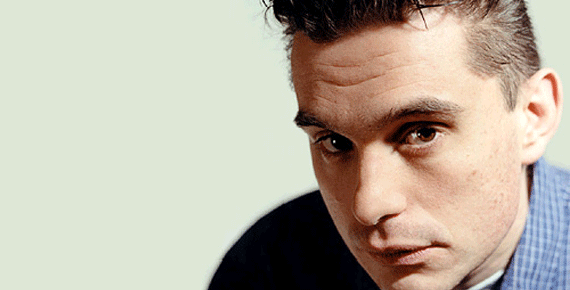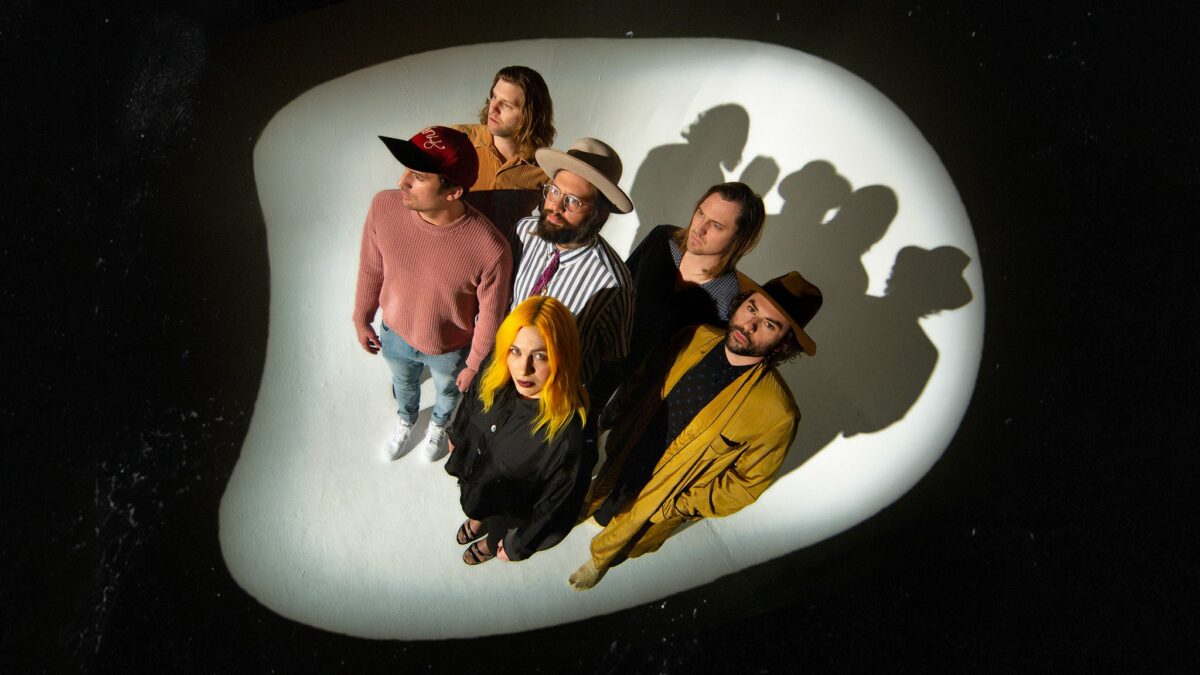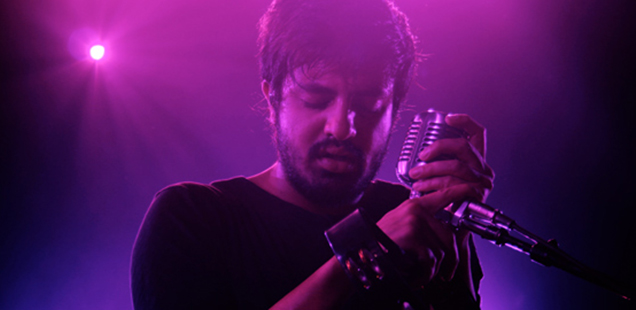Live Review: matthewdavid, Christopher Willits, Oval at Benaroya Hall
The final showcase I chose to cover for Decibel took place at the Nordstrom Recital Hall. Needless to say, this was a different sort of event than any of the other ones I attended. Here, the artists, which included matthewdavid, Christoper Willits and Oval, came prepared with live and A/V sets for the auditorium’s appropriately fitted sound system and screen.
Up first was Matthew McQueen, aka matthewdavid, who immediately filled up the auditorium with sonic fuzz. His ambient drone had the most bass of the three, and he kept the rhythm super slow and off beat like LA beat music stripped down to its essence. Add to this McQueen’s heavily treated vocals, and the morphing colorful shapes on the screen, and the whole performance felt like a more fluid interpretation of what he captured in the full length he released on Brainfeeder, Outmind.
Christopher Willits is a do-it-all when it comes to his art, so when he got on stage I wasn’t surprised by his set up. Sitting on the ground with his guitar on his lap and his laptop and other equipment on the floor, he began looping and triggering the images on the screen. Willits kept his music personable by using just the right amount of reverb to warp the guitar notes while keeping the tones mostly organic. He coupled this with a visual set that included footage from nature, with some images blown up to allow the colors to take over the screen as they morphed slowly and lit up with cues from the bass line. These tricks made Willit’s set the most life-like of them all.
The artist I was most excited to see was Markus Popp, aka Oval, who pioneered glitch in the early ‘90s in Germany. The original Oval had two others, but since the late ‘90s, Popp has been doing this project solo. Last year he released his latest full length O, an album, which after a seven-year hiatus, was a huge deal, especially with its shift to more crisp, digital soft synth sounds. Some argued this took the spirit out of his music, with a shift to more streamlined sounds from music that originally sounded grainier and more perfectly imperfect. Despite this, there was no lack in the spirit of his programming as he used his full concentration to trigger each bass note and sharpen each errant tone. All the while, he cued the music to lines on the screen that changed in thickness and color.
Popp’s music could certainly be considered more soothing than irritating, and this made him all the more appropriate as a following act for the other two with their ambient-based sets. In the end, though I had to fight from being lulled to sleep at moments, I enjoyed the performances and hope that there will be more conversation on multimedia art in the future.
Photo credit: milanox.eu







